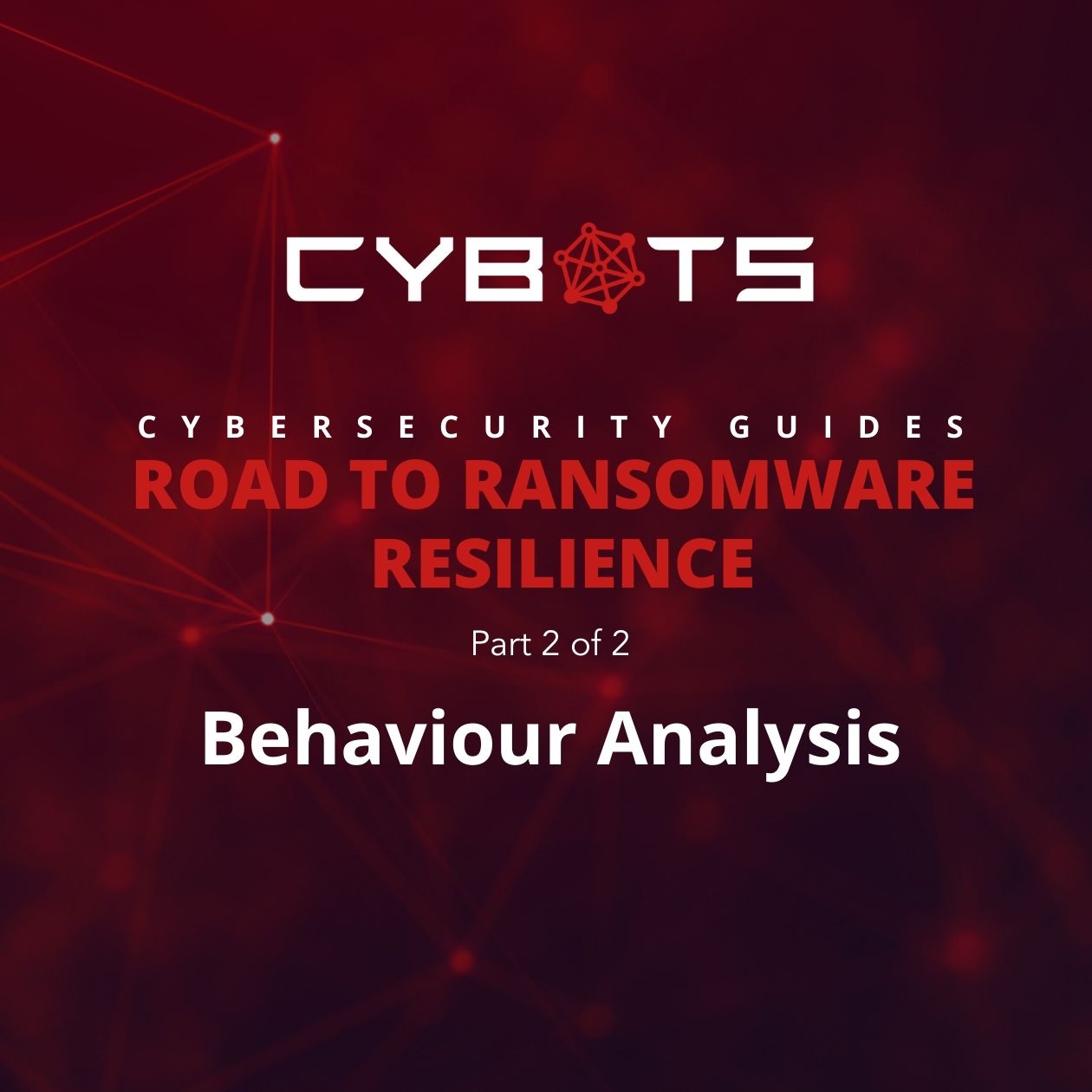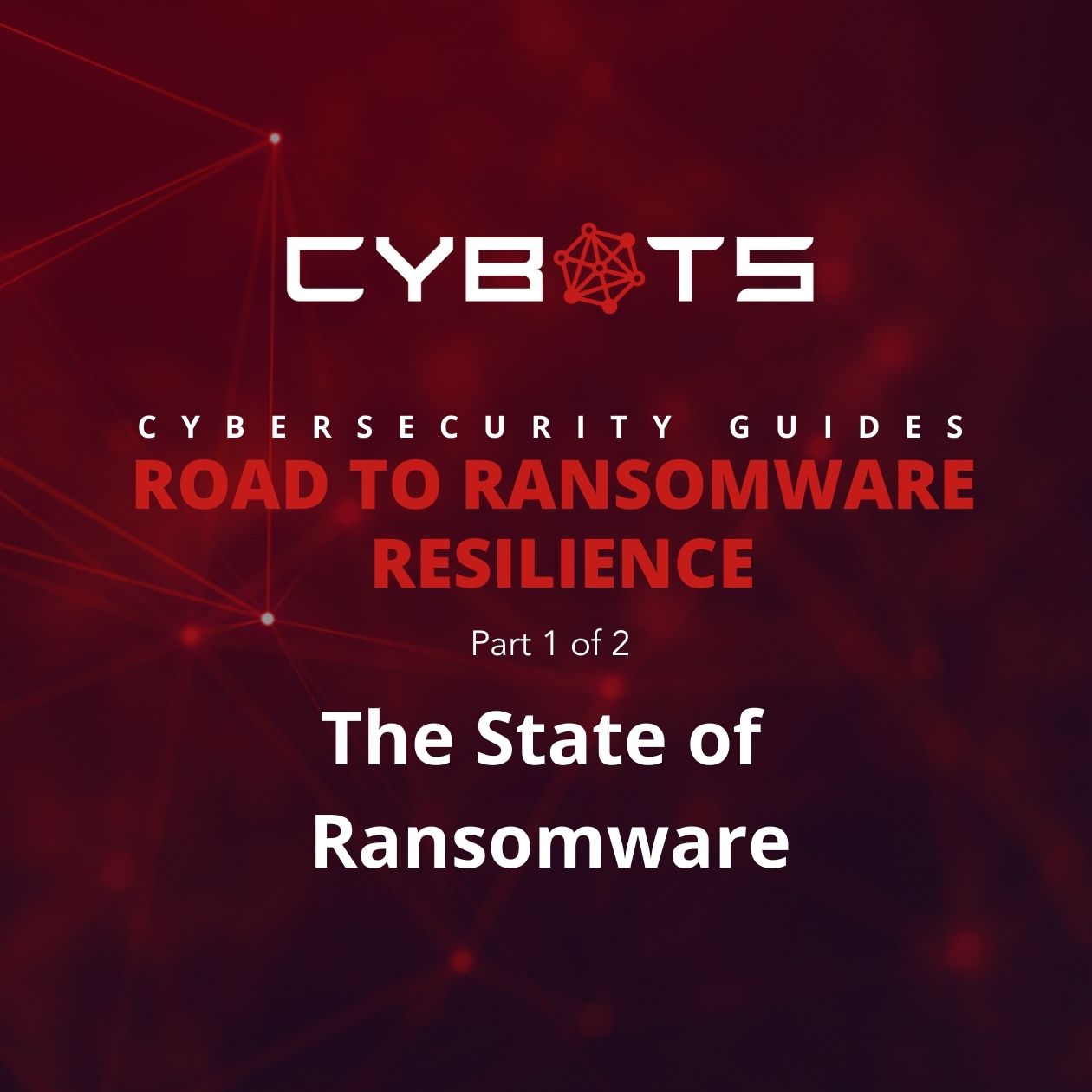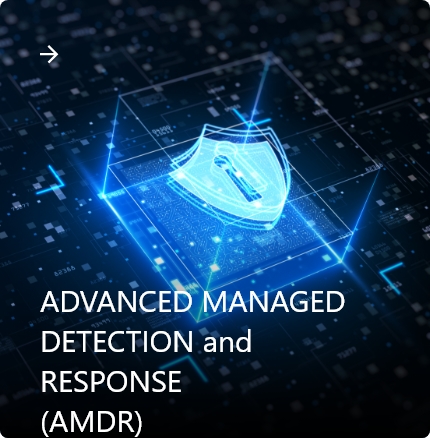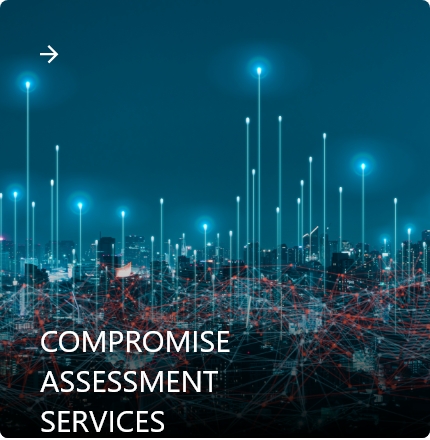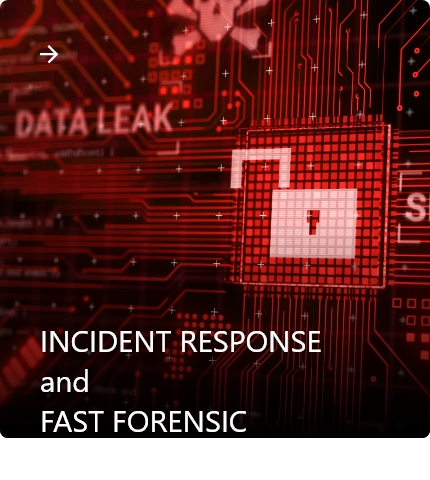Executive Summary
This document describes the recent Lemon Duck cyberattack. The Lemon Duck malware is considered the latest cybersecurity threat. It has evolved from a cryptocurrency botnet to malware capable of stealing credentials, removing security controls and spreading itself via emails. Microsoft has highlighted this exploit and how it has evolved. The Lemon Duck malware has spread via emails with subject lines including “The Truth of COVID-19”, “COVID-19 nCov Special info WHO”, “good bye”, “farewell letter” and “broken file”, amongst others.
Current Exploit Strategy
The Lemon Duck malware causes dangerous changes to user systems with malicious code. The objective of Lemon Duck is to steal credentials, remove security controls in an organization, spread through the organization via email and allow threat actor moves within the network without a trace. Lemon Duck is also able to compromise tools which are typically used by business. Threat hunter classified this malware as a cross-platform threat whereby it has the capability to infect not only Windows systems but Linux-based systems as well. Based on recent malware analysis, threat hunter identified Lemon Duck’s ability to remove other malware or malicious files from a compromised device to exert control over the system in an organization.
Lemon Duck
Lemon Duck spreads in numerous ways. It is unpredictable and is considered dangerous to organizations. The Malware can act as fake phishing emails, USB Device drives, as Flash Drivers, and can be triggered by various exploits and brute-force attacks.
The malware has the capability to exploit newly patched Exchange Server vulnerabilities to gain access to an outdated system.
Lemon Duck Structure and Design
According to Microsoft, there are two distinct operating structures using the Lemon Duck malware which are potentially operated by two different processes and entities for separate goals of attack.
“Duck” which is categorized as the first infrastructure, runs campaigns and performs limited follow-on activities. This infrastructure is more related to involvement in C2C connections and C2 sites. It is always observed utilizing “Lemon Duck” explicitly in script.
“Cat” is categorized as the second infrastructure. The structure is primarily known to use two domains with the word “cat” in them. In January this year, Lemon Duck was used in attacks exploiting vulnerabilities in the Microsoft Exchange Server. Based on investigations, a backdoor installation was made by a threat actor and it installed other malware such as Ramnit Malware. It also conducted credential theft. Both infrastructures use similar subdomains and have even used the same task names, such as “Blackball”.
Lemon Duck Infection Vectors
Lemon Duck has at least 12 different initial-infection vectors – which is more than most of other malware. The Proxylogon exploit is one of the latest additions to the vectors. With the existing range of capabilities from Server Message Block (SMB) and Remote Desktop Protocol (RDP), it will specifically target the RDP BlueKeep flaw (CVE-2019-0708) in Windows machines. With these strategies, it is able to target IoT devices with weak or default passwords to perform the brute force attack.
Lemon Duck Malware was written in Phyton using PyInstaller for complication. It uses PowerShell modules to infect fileless data. By using SMB vulnerability (CVE-2017-0144) and brute-force attacks, Lemon Duck is able to spread infection throughout an organization’s network.
Victims of Lemon Duck
• Location : North America, Korea, India, China, United Kingdom, Russia and China
• Industry : Manufacturing
• Environment: Microsoft Exchange Servers
Indication of Compromise
The following are the malicious MD5 checksums. Cybersecurity teams can scan for the following files.
SHA256:
• 0993cc228a74381773a3bb0aa36a736f5c41075fa3201bdef4215a8704e582fc
• 3295dee4429647074d6d1062b0a069256397883c2a52d16525d35a3ed2e1c73f
• 34aa230ccb2888a5c884394d9eadbd02a480f4adf99e2e065e9d3c24e136f3df
• 3cfac69313f8f54f75bd4ee61b0a2a7c601f32faeddcd8bae725505c8f345b12
• 3df23c003d62c35bd6da90df12826c1d3fdd94029bf52449ba3d89920110d5ec
• 438248f6c28c02ffde120b2573aae9e53f449e6e7536f49a640f958a22d6d3b4
• 4a2bd91d6b189e135a500d62b93088c17e6fdc7bde10ecbab5d60f57e4e63b71
• 4cc3a01b313c9e542a825af3a520ff550c886c86acd895aa58b422de6697bebf
• 4f0b9c0482595eee6d9ece0705867b2aae9e4ff68210f32b7425caca763723b9
• 56101ab0881a6a34513a949afb5a204cad06fd1034f37d6791f3ab31486ba56c
• 607654d35de12a84e812a3b475499f91b1a7849d81be79b4e622ca97f2da2e0e
• 69ce57932c3be3374e8843602df1c93e1af622fc53f3f1d9b0a75b66230a1e2e
• 737752588f32e4c1d8d20231d7ec553a1bd4a0a090b06b2a1835efa08f9707c4
• 893ddf0de722f345b675fd1ade93ee1de6f1cad034004f9165a696a4a4758c3e
• 9248c617d19410832784e15b5382cac5837e990f641f4c016cbeee8219af6bc8
• 9cf63310788e97f6e08598309cbbf19960162123e344df017b066ca8fcbed719
• 9f2fe33b1c7230ec583d7f6ad3135abcc41b5330fa5b468b1c998380d20916cd
• a70931ebb1ce4f4e7d331141ad9eba8f16f98da1b079021eeba875aff4aeaa85
• ccbca8dac5824b49ce4c28c839dddb4e4ed35098adbe9978ad609ac9867e88b7
• d110083ba7e3d115c8632ab45949fc8ecc36b835328686028ae1af7d4b56329d
• d12b6691a9141b3150e24ce7798c81d5558d5dad7ba3603d8cd532d3a14089d1
• d8b5eaae03098bead91ff620656b9cfc569e5ac1befd0f55aee4cdb39e832b09
• db093418921aae00187ae5dc6ed141c83614e6a4ec33b7bd5262b7be0e9df2cd
• dc612f5c0b115b5a13bdb9e86f89c5bfe232e5eb76a07c3c0a6d949f80af89fd
• e99228953306f91b9f5213ac305025f5caeb5f4900a5657beb3834b209ac4b69
• f517526fc57eb33edb832920b1678d52ad1c5cf9c707859551fe065727587501
• f8d388f502403f63a95c9879c806e6799efff609001701eed409a8d33e55da2f
Domain
This is the list of malicious domains which threat actors are using. Cybersecurity teams can add them to the list of blocked domains.
js88.ag | ackng.com |
amynx.com | b69kq.com |
bb3u9.com | cdnimages.xyz |
hwqloan.com | netcatkit.com |
pp6r1.com | sqlnetcat.com |
zer9g.com | down.sqlnetcat.com |
Zz3r0.com | t.awcna.com |
Remediation and Mitigation Plan
• Patch operating systems and applications. Keep antivirus signatures up to date.
• Ensure endpoints are patched with this (CVE-2017-0144, CVE-2017-8464, CVE-2019-0708, CVE-2020-0796, CVE-2021-26855, CVE-2021-26857, CVE-2021-26858, CVE-2021-27065.)
• Scan emails and attachments to detect and block any suspicious malware activity.
• Implement training and processes to identify phishing via externally-sourced emails.
• Maintain offline, encrypted backups of data and regularly test backups.
• It is recommended that users Patch OS with MS-17-010 to prevent further damage/propagation.
• Advise the user to use complex passwords, especially for Local/Domain Administrators0.


